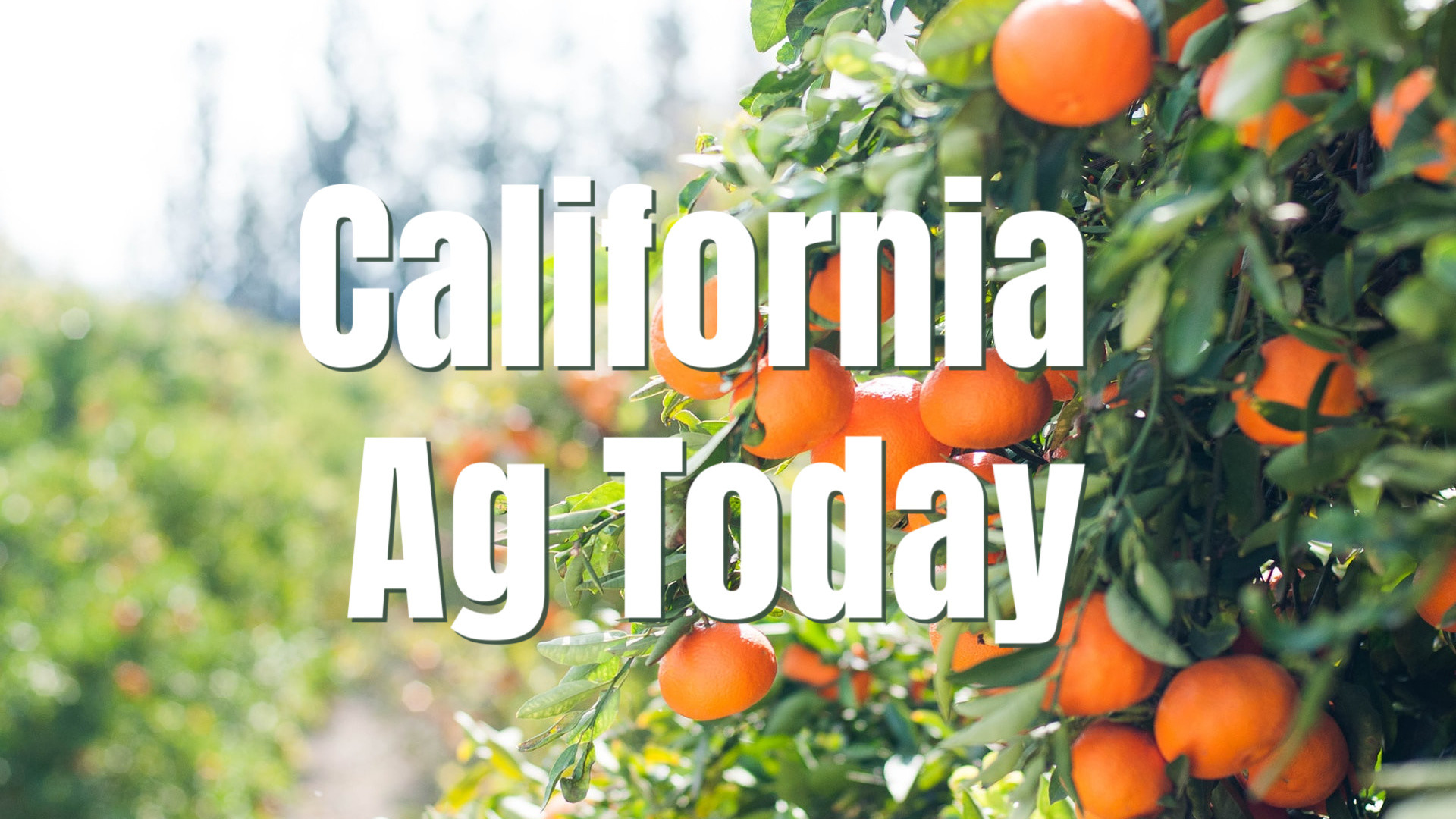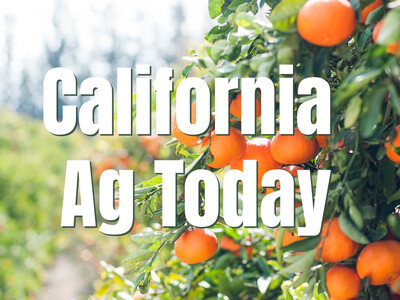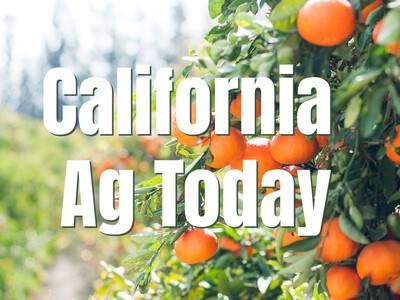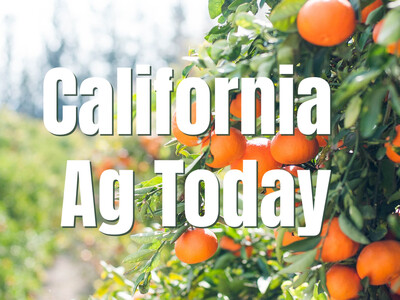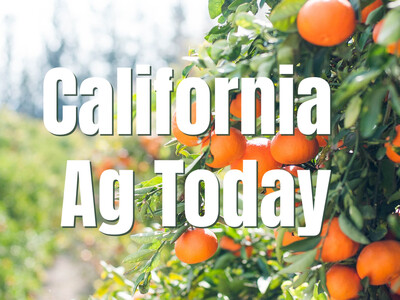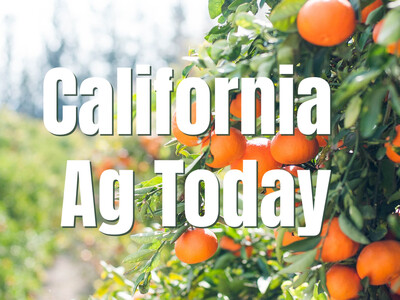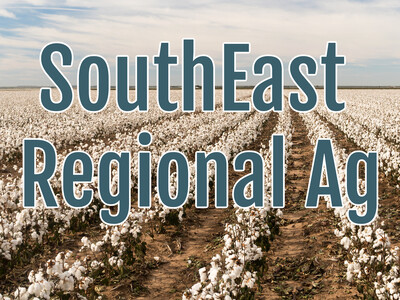Indoor Agriculture and the Farm Bill

Tim Hammerich
News Reporter
Still it can be a costly endeavour, and like any young industry there have been companies unable to make the numbers work.
Jim Pantaleo is an Indoor Vertical Farming Adviser and Writer based in Orange County.
Pantaleo…”When you look at the major costs of indoor farming, there's three of them that will jump right out at you. Number one is your building costs. Number two are your labor costs. Number three are your energy costs.”
As indoor farmers try to manage these costs to provide year round local and fresh produce, some help may be on the way from funds allocated in last year’s farm bill. Here’s Jim Pantaleo again.
Pantaleo…”In the 2018 farm bill, there's four, five, or six areas that are, are targeted specifically for what they're calling controlled environment agriculture (CEA) and urban farming. At the moment, there's about $50 million from the 2018 farm bill. Allotted of towards those, the definition of CEA and urban farming.”
Jim notes the loss of arable land, the disconnect from producer and consumer, and the changing climate as just a few of the reasons indoor agriculture is important. He is not alone as entrepreneurs, investors, universities, and governments show interest in these growing methods for the future of agriculture.


